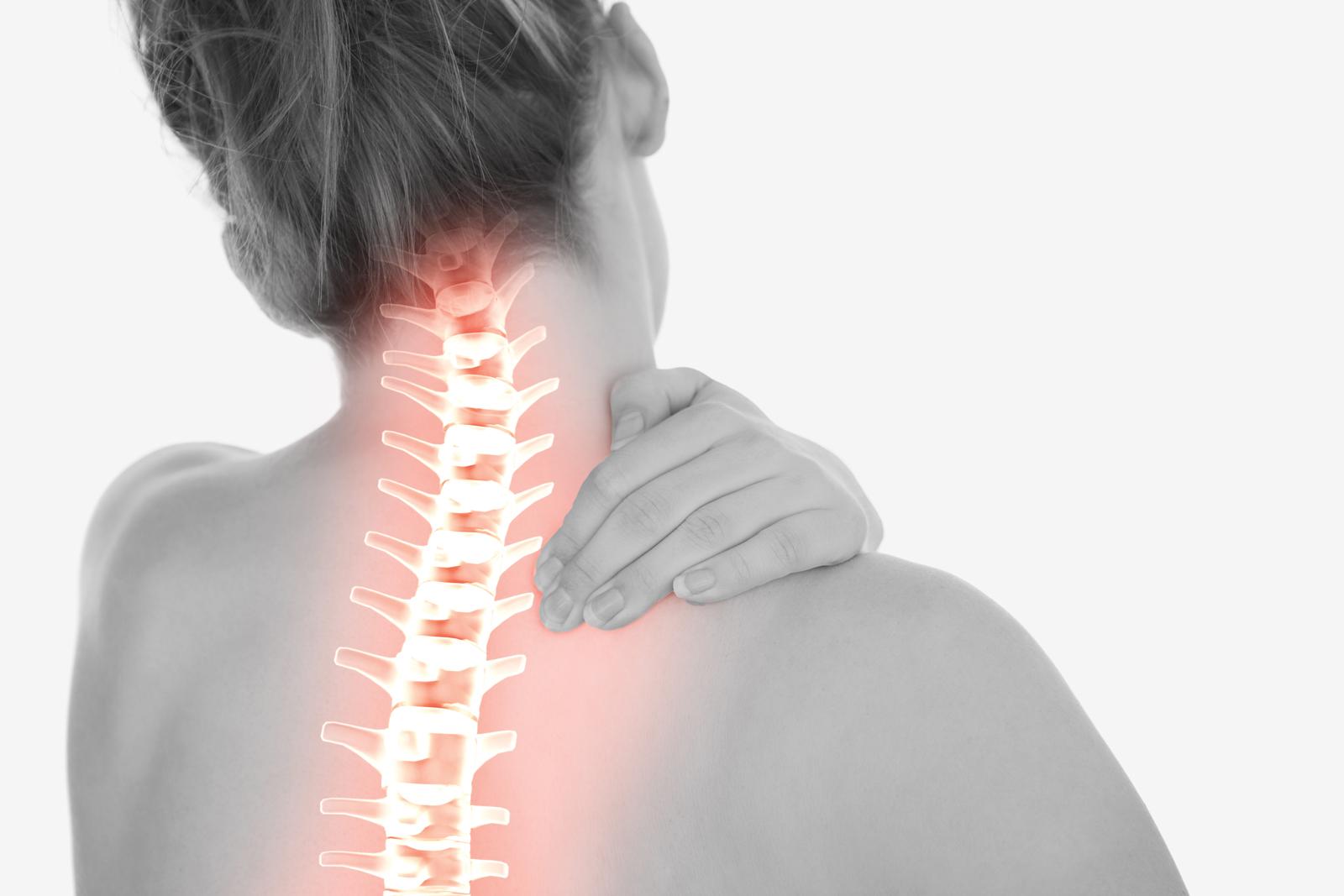Tips for Back Health
Keeping Pain at Bay 24 Hours a Day

The pain can be debilitating. Whether a sharp stab that restricts your movements or a dull but omnipresent ache, back pain can put a damper on your enjoyment of life. Fortunately, some simple steps can help keep pain at bay.
Stay active.
“Daily behavior is the biggest factor,” says Dr. Michael Placide of Chiropractic Centers of Virginia at Harbour Pointe. “Almost always, being active is good for any type of back – even herniated disks, … being up and moving. … Sometimes we make the mistake of lying around or sitting around for too long. And a lot of times in those situations it just gets stiffer and worse.”
“Exercises focused on strengthening your abs, spinal and core muscles will help you maintain a healthy spine,” recommends Dr. Joshua P. Herzog of Orthopedic Spine and Sports Medicine at OrthoVirginia. “Keeping these muscles toned will help support your spine and take pressure off your lower back. Most of us spend very little time using these muscles in our day-to-day activities, and we must do specific exercises to keep these muscles strong.”
Be mindful at work.
Similar principles apply at work. “Sitting increases the load across your disks by threefold,” Herzog warns. Peering down at a computer creates a natural tendency to slouch and lean forward, he adds, adding even more stress.
To help remedy this, he advises, “Be sure you have the correct office chair and your workstation is set up ergonomically. Get up and stretch every 20 to 30 minutes or work at a stand-up desk for part of the day to help keep your spine moving and healthy.”
Ease in to new activities.
Placide notices an uptick in patients seasonally, as when people shovel snow or return to a long-ignored sport.
“If it’s something that you haven’t done for awhile, you can’t just go all out right from the beginning,” he says. “Make sure that you’re deliberate and you don’t just dive right in head first. … You have to let your body get used to the activity.”
Lift and bend carefully.
Incorrect technique can injure your back, even with simple actions like unloading groceries and tying shoes.
Stand directly in front of the object you’re lifting. Squat close to it, with your back straight and head up. Lift using your legs to stand, keeping the object close.
“A combination of forward [bending] and then twisting is something our lower back just doesn’t like,” Placide cautions. “Keep your toes and your shoulders going in the same direction. So if you need to go to the side, then move a foot and a shoulder together.”
Stretch.
Placide points to the benefits of light stretching, which “allows for better range of motion of your joints, and it takes the stress off of things so you’re less likely to have those kinds of injuries.”
“Depending on the back issue, a host of yoga poses can be very helpful,” says Kathleen Baker, RYT 200-certified yoga instructor and owner of Glenmore Yoga. “Key focuses [in maintaining] back health are helping students find length as well as strength in the back,” strengthening paraspinal muscles and finding stability in the pelvic area.
Poses Baker recommends include Downward Dog, Cat Stretch, Child’s Pose, Locust, Extended Cat and King Dancer.
“Yoga is wonderful for maintaining a healthy back,” she adds, “but it’s important to work with yoga instructors to let them know what’s going on [so they can provide a] therapeutic approach … tailored to individual needs.”
Sleep right.
“Healthy spines start with a good night’s sleep,” says Herzog. “Your mattress, pillow and sleeping positions should be tailored for your medical conditions and preferences.
“For example, patients with osteoarthritis or spinal stenosis may sleep better on their sides in a fetal position while patients with degenerative disk disease may be more comfortable sleeping on their stomachs.”
Back pain isn’t inevitable. “A little effort can go a long way in keeping your back healthy and fit,” says Herzog.

